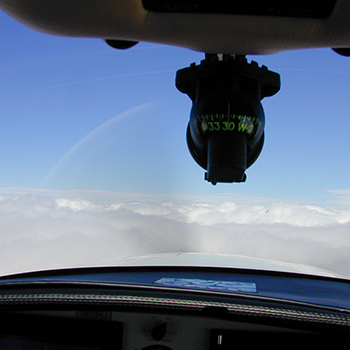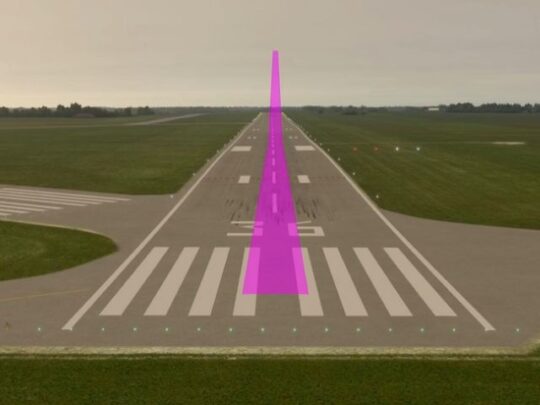Subscriber question:
"I realize the benefit of filing PIREPs, but I'm not sure what I'm supposed to tell Flight Service, especially with regards to turbulence." — Randy K.
Scott:
 “Many pilots get hung up on the order of the data that you should report. The (Flight Service) Specialist will prompt you for the information if you’ve left something critical out.
“Many pilots get hung up on the order of the data that you should report. The (Flight Service) Specialist will prompt you for the information if you’ve left something critical out.
My suggestion is to first write down the report before you call them so you don’t leave something out. After the initial contact, make sure that you at least report your location, altitude, and aircraft type along with whatever other information you think is appropriate.
Reports of cloud tops, turbulence, and icing are the most critical. And remember, don’t feel bad if you are only reporting those severe clear conditions. They’re very important, too.
Pilot reports are very subjective and often depend on the aircraft type and the pilot’s perception of the event. Here are some general guidelines for reporting turbulence.
Imagine holding a cup of coffee that is nearly full. In light turbulence, you can usually avoid spilling the coffee. In moderate turbulence, the coffee will slosh around a lot and will spill out quite frequently. In severe turbulence, the entire cup of coffee ends up on you with a very brief loss of control of the aircraft. And extreme turbulence … well, you’ve got more to worry about than some cup of coffee.”
How often do you file PIREPs?

